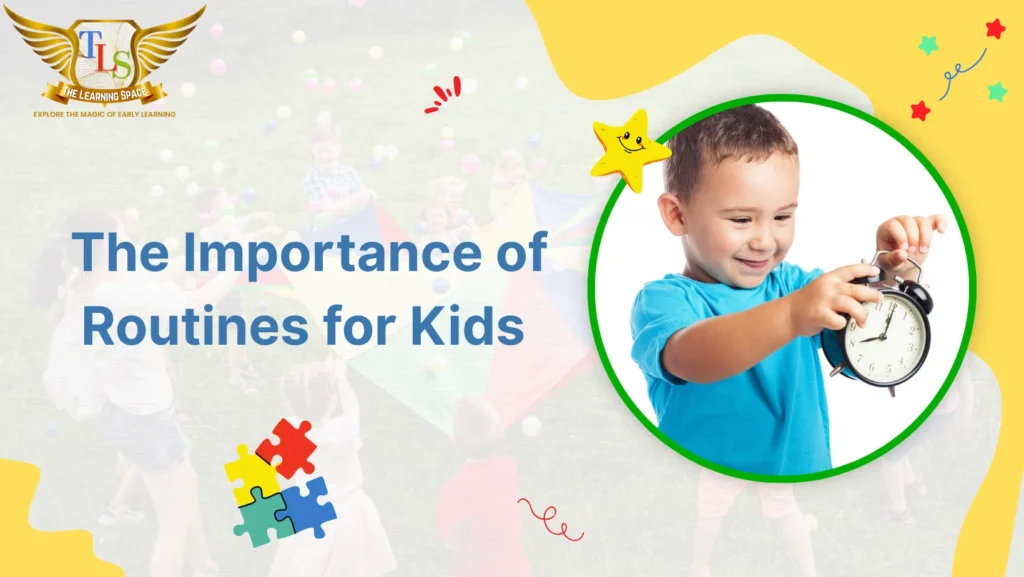Rhyming Words In English For Kids
Learning doesn’t have to be boring—and one of the most thrilling aspects of learning English for children is rhyming. English rhyming words have the same sound at the end. Say cat, hat, and mat. They make songs and poems fun, easy to remember, and super fun to pronounce. Children love English rhyming words because they sound like music. Whether it’s in poems, bedtime stories, or games, rhyming words makes learning English joyful. In this blog, we’ll explore rhyming words in English for kids with easy examples, fun activities, and even a sweet little poem! What Are Rhyming Words? Rhyming words in English are two or more words that have the same ending sound. For example: They don’t have to be spelled alike. They just have to sound alike. This allows children to hear the patterns in words. It develops their interest in words, poems, and stories. Why Are English Rhyming Words Important for Children? Rhyming words are not all about creating silly poems. It is also an important component of early learning. Rhymes words in English make little minds strong in language skills. Phonics Skills Rhymes train a child’s ear to recognize matching sounds. This assists in word breakdown during reading. Vocabulary Development As children learn new English rhyming words , they also learn new vocabulary with no pressure. Reading Proficiency Rhymes establish rhythm. Children start reading smoothly and with better comprehension. Creativity and Expression Rhyming makes children invent their own little poems and ridiculous lines. It brings out their imagination! Types of Rhyming Words for Children There are numerous sets of rhyming words in English which children can have fun with. The simplest to start with are three-letter sets of rhyming words. These are tiny, uncomplicated, and ideal for starters. Here’s a useful table of 10 rhyming words in English and more that rhyme in threes: Word 1 Word 2 Word 3 Cat Hat Mat Dog Log Fog Sun Run Bun Pen Hen Ten Big Pig Wig Cup Pup Up Tree Bee See Fan Man Ran Tap Map Nap Red Bed Fed Box Fox Ox Jet Net Wet Star Car Far These rhymes incorporate 3 letter rhyming words in English and basic CVC (consonant-vowel-consonant) word patterns. Kids can recite, sing, and rehearse them daily. These words are also very prevalent in children’s books, rhymes, and flashcards. Tip: Incorporate some kindergarten opposite words with pictures for twice the learning enjoyment! Rhyming Activities for Kids Looking to incorporate rhyming into your child’s daily life? Try some simple and fun activities! Rhyming Bingo Create bingo cards with English rhyming words. Say a word, and children need to cross off the rhyme on their card. For instance, you say “bat,” they cross off “hat.” Rhyme Matching Cards Cut paper into card pieces. Label each with one word. Have your child search for and match the rhyming sets. Hands-on and fun! Rhyming Scavenger Hunt Conceal objects in the home, such as a cup, a sock, or a hat. Then provide rhyming clues. “I rhyme with pup… what am I?” (They discover the cup!) Rhyme & Clap Games Recite two words aloud. If they rhyme, clap. If not, no clap. This involves listening and rhythm. You can play these games anywhere—bath time, car rides, or playtime. Easy Rhyming Poems for Kids Poems are a beautiful means to learn rhyming. Short, easy poems make children memorize the rhyming sounds and also gain confidence. Here’s a 4-line rhyme like Twinkle Twinkle or Humpty Dumpty: I saw a cat, it wore a hat, It sat so still upon a mat.Then came a mouse with a tiny bat, And both of them had a little chat. Such poems aren’t just adorable but also provide a learning experience regarding rhythm, sound pattern, and word usage. Encourage your child to create their poem by choosing their favourite English rhyming words! Conclusion Rhyming is an easy yet effective technique to establish a robust linguistic foundation. Be it three letter rhyming words such as dog-log-fog or longer ones like car-star-far, these sets of words assist children in vocabulary development, confidence, and creativity. You can make rhyming words into games, stories, or even everyday talk. Engage rhyming as a delight in your child’s life. Also, while learning rhymes, use kindergarten opposite words with pictures. It creates contrast and teaches children similar and dissimilar meanings simultaneously. Rhyming + Opposites = An effective combination for early learners! FAQ of Rhyming Words In English For Kids









